Introduction
Hot pot, a culinary delight enjoyed across various regions in Asia, particularly in China, is a communal dining experience that brings people together over a simmering pot of broth. The art of hot pot lies not only in the quality of the broth but also in the condiments that elevate each bite to a new level of flavor. Among these condiments, sesame sauce, or mazhi jiang, plays a pivotal role. It adds a creamy, nutty richness that complements the savory and spicy elements of the dish. Perfecting your own homemade sesame sauce for hot pot can transform your dining experience, making it a culinary adventure worth remembering. This guide will walk you through the steps to blend a delicious, authentic-tasting sesame sauce tailored to your taste preferences.
Understanding the Basics of Sesame Sauce
Before diving into the recipe, it’s crucial to understand the fundamental components of a classic sesame sauce. The base typically consists of toasted sesame paste, which provides the signature nutty flavor and creamy texture. This is often mixed with other ingredients such as soy sauce, garlic, vinegar, chili oil, and sugar to balance the flavors and create depth. Some variations may include additional elements like peanut butter, sesame oil, or even a splash of milk to achieve the desired consistency and taste.
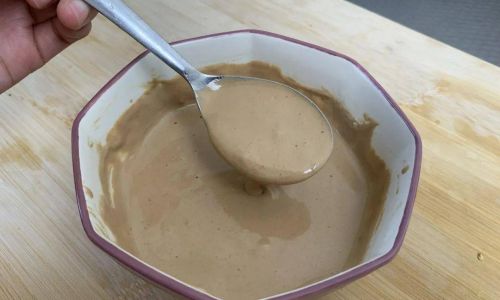
Gathering Your Ingredients
To craft a perfect sesame sauce, you’ll need a well-stocked pantry with the following essential ingredients:
- Toasted Sesame Paste (Tahini): The cornerstone of your sauce. Look for high-quality tahini with a strong, nutty aroma.
- Soy Sauce: Adds saltiness and a hint of umami. Use light soy sauce for a milder flavor or dark soy sauce for a richer color and deeper taste.
- Rice Vinegar or Chinese Black Vinegar: Helps to brighten the flavors and balance the richness of the sesame paste.
- Garlic: Freshly minced garlic brings a subtle but essential aromatic quality.
- Chili Oil or Fresh Chilies: For a spicy kick. Adjust the amount based on your preference for heat.
- Sugar or Honey: A touch of sweetness rounds out the flavors and helps to balance the acidity and saltiness.
- Sesame Oil: Adds an extra layer of sesame flavor and a delightful aroma.
- Water or Broth: To thin out the sauce to your desired consistency.
- Optional Additions: Peanut butter for added creaminess, green onions, cilantro, or toasted sesame seeds for garnish, a splash of milk or cream for a smoother texture, or a bit of MSG (optional, for an umami boost).
Step-by-Step Guide to Blending the Perfect Sesame Sauce
Step 1: Prepare Your Ingredients
Begin by gathering all your ingredients and ensuring they are at room temperature. This will make blending easier and ensure a smoother sauce. Measure out each ingredient according to your recipe or taste preference.
Step 2: Toast the Sesame Seeds (If Using Raw Seeds)
If you’re starting with raw sesame seeds, toast them lightly in a dry pan over medium heat until they turn golden brown and release their aroma. Be careful not to burn them, as this will alter their flavor. Once toasted, let them cool slightly before grinding them into a paste using a mortar and pestle or a food processor. Alternatively, you can skip this step if using pre-made tahini.
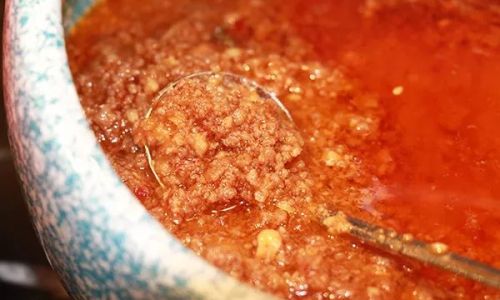
Step 3: Blend the Base
In a medium bowl or a blender, combine the tahini (or homemade sesame paste), a few tablespoons of soy sauce, and a small amount of water or broth. Start blending or whisking slowly, adding more liquid as needed, until you achieve a smooth, pourable consistency. The key here is to add liquid gradually to avoid making the sauce too thin.
Step 4: Incorporate Flavorings
Add minced garlic, a teaspoon or two of rice vinegar, a drizzle of sesame oil, and a pinch of sugar or honey to the sesame paste mixture. Blend or whisk until well combined. Taste and adjust the seasoning, adding more soy sauce for saltiness, vinegar for tang, or sugar for sweetness as needed.
Step 5: Add Heat
If you like your sauce spicy, now is the time to add chili oil or freshly chopped chilies. Start with a small amount and increase gradually until you reach your desired level of spiciness. Blend or whisk to incorporate the chili evenly.
Step 6: Adjust Consistency
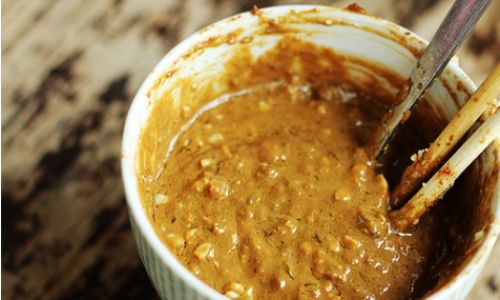
If your sauce is too thick, add a little more water or broth, one teaspoon at a time, until you reach the desired consistency. Remember, the sauce should be thick enough to coat your food but not too thick to be unpleasantly gluggy.
Step 7: Taste and Refine
Take a moment to taste your sauce. It should have a balanced flavor profile with notes of nutty sesame, saltiness from the soy sauce, tang from the vinegar, sweetness from the sugar, and a hint of garlic and chili if used. Adjust any seasoning as needed to perfect the flavor.
Step 8: Garnish and Serve
Transfer your sesame sauce to a serving bowl. For an extra touch of elegance and flavor, garnish with toasted sesame seeds, chopped green onions, or cilantro. Serve immediately alongside your hot pot setup, inviting guests to customize their dipping experience.
Tips for Customizing Your Sesame Sauce
-
Texture Preferences: If you prefer a smoother sauce, strain it through a fine-mesh sieve after blending to remove any lumps or bits of garlic. For a chunkier texture, leave the garlic and any other solid ingredients in.
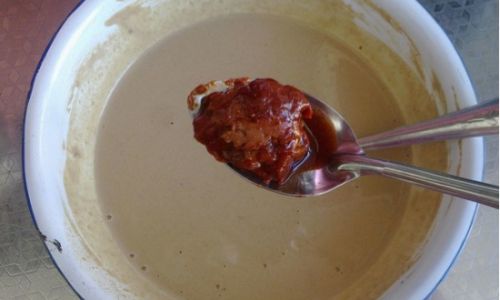
-
Flavor Variations: Experiment with different types of soy sauce, such as low-sodium or mushroom-flavored, to create unique variations. You can also add a splash of mirin (rice wine) for a touch of sweetness and a hint of alcohol flavor.
-
Herbal Infusions: For an aromatic twist, infuse your sesame oil with herbs like rosemary, thyme, or star anise before adding it to the sauce. This will add subtle herbal notes to your final dish.
-
Creaminess: For a richer, creamier sauce, incorporate a small amount of peanut butter or even a splash of milk or cream. Blend until smooth and adjust the seasoning accordingly.
-
Storage: Store any leftover sauce in an airtight container in the refrigerator for up to a week. Let it come to room temperature and stir well before using again.
Conclusion
Crafting your own sesame sauce for hot pot is a rewarding culinary endeavor that not only enhances your dining experience but also allows you to express your creativity and personal taste preferences. By understanding the basic components and following a step-by-step blending process, you can achieve a sauce that is both authentic and tailored to your liking. Whether you prefer a classic, balanced flavor or a spicy, tangy variation, the key is to experiment and enjoy the process. With each attempt, you’ll refine your technique and develop a sauce that becomes a signature part of your hot pot gatherings. So, gather your ingredients, roll up your sleeves, and embark on a journey to create the perfect sesame sauce for your next hot pot adventure. Happy blending!



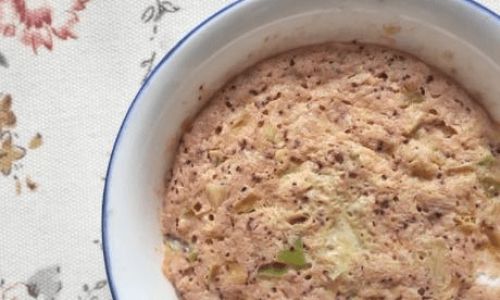
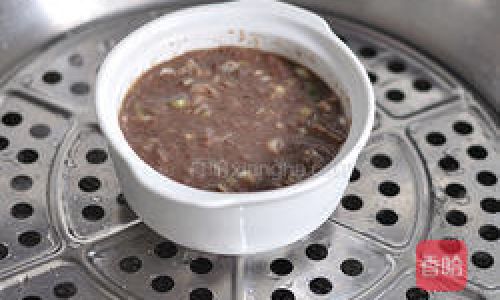
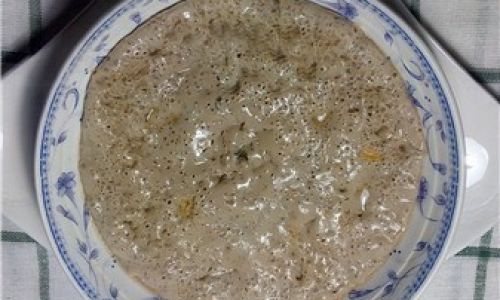
0 comments